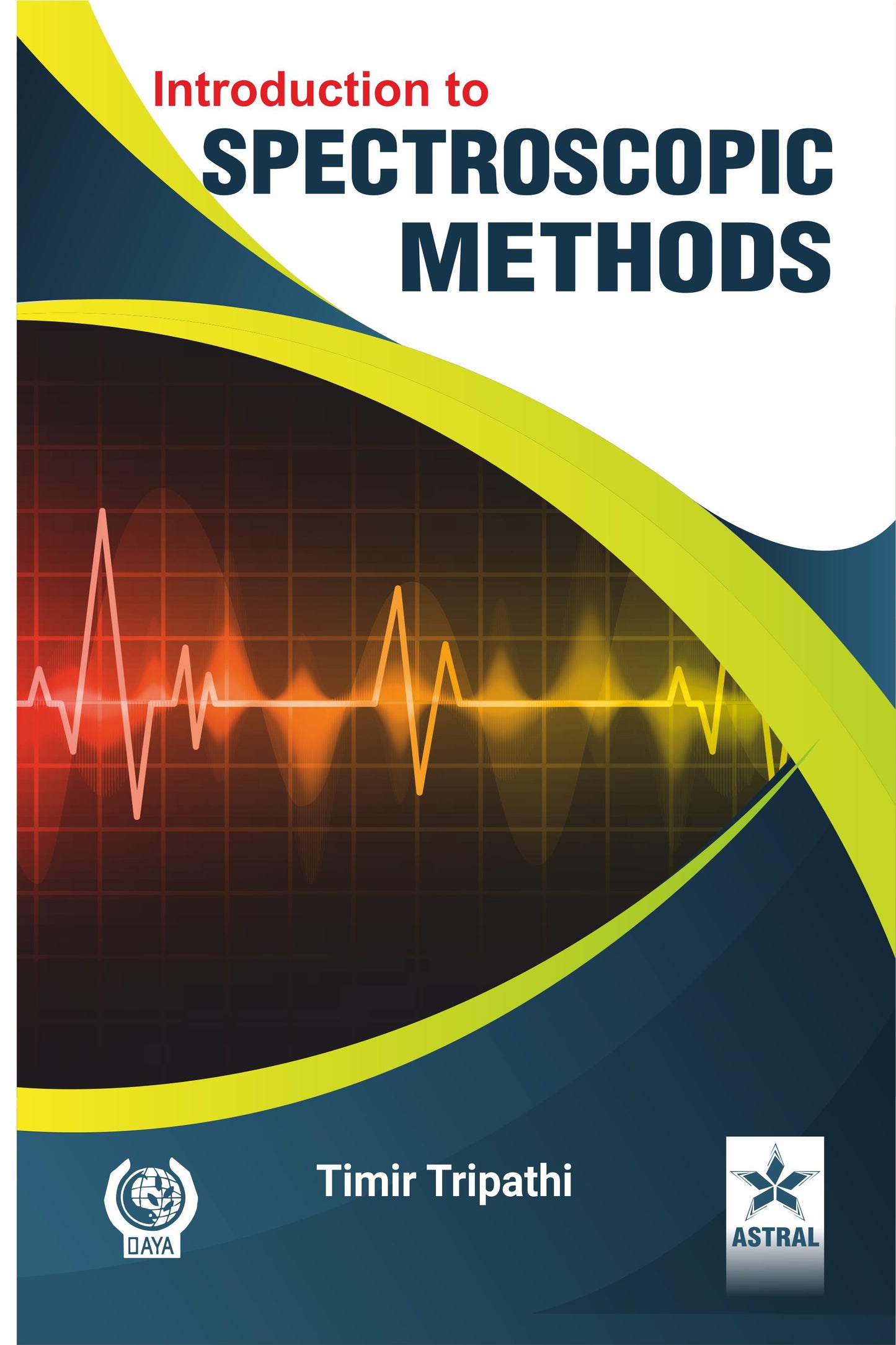1
/
of
1
Introduction to Spectroscopic Methods By Timir Tripathi
Introduction to Spectroscopic Methods By Timir Tripathi
Regular price
Rs. 240.00
Regular price
Rs. 245.00
Sale price
Rs. 240.00
Shipping calculated at checkout.
No reviews
Quantity
Couldn't load pickup availability
Product details
Publisher : Daya Publishing House
Author : Timir Tripathi
Language : English
Edition : Latest By Publishers
Book Cover : Paper Back
ISBN : 9789354616990
Table of Content
Foreword v Preface vii 1. Fundamental Principles of Spectroscopy 1 1. Introduction 2. Basic Features of Light 3. Electromagnetic Spectrum 4. Interaction of Light with Matter 5. Atomic/Molecular Processes Associated with Light 6. Basics of Electronic Transitions 7. General Construction of a Spectrometer 8. Physical Limitations of a Spectroscopic Measurement 2. Ultraviolet/Visible Spectroscopy 15 1. Introduction 2. Chromophores 3. Transmittance and Absorbance 4 Principle of UV/Vis Spectroscopy-Beer-Lamberts Law 5. Construction of a Spectrophotometer 6. Types of Spectrophotometers 7. Application of UV/Vis Spectroscopy x 3. Fluorescence Spectroscopy 33 1. Introduction 2. Principle of Fluorescence Spectroscopy 3. Important Terminologies in Fluorescence Spectroscopy 4. Effect of Solvents on Fluorescence Spectra 5. Characteristics of the Fluorescence Phenomenon 6. Fluorophores 7. Constructionof a Fluorescence Spectrometer 8. Applications of Fluorescence Spectroscopy 4. Circular Dichroism Spectroscopy 55 1. Introduction 2. Plane Polarized Light 3. Circularly Polarized Light 4. Principle of Circular Dichroism Spectroscopy 5. Construction of a CD Spectrometer 6. CD of Biomolecules 7. Applications of CD spectroscopy 5. Infra-red Spectroscopy 69 1. Introduction 2. Molecular Vibrations 3. Absorption of IR Radiation 4. Characteristics of IR Spectra 5. Construction of an IR Spectrometer 6. Applications of IR Spectroscopy 6. Raman Spectroscopy 79 1. Introduction 2. Scattering of Light 3. Origin of Raman Spectra 4. Principle of Raman Scattering 5. Construction of a Raman Spectrometer 6. Improving Raman Signals 7. Applications of Raman Spectroscopy 8. Differences between IR and Raman Spectroscopy xi 7. Nuclear Magnetic Resonance Spectroscopy 95 1. Introduction 2. Principle of NMR Spectroscopy 3. Working of an NMR Spectroscopy Experiment 4. 13C NMR Spectroscopy 5. 1H NMR Spectroscopy 6. Example of a 13C and 1H Spectra 7. Applications of NMR 8. X-ray Spectroscopy 111 1. Introduction 2. Properties of X-rays 3. Steps in X-ray Crystallography 4. Construction of an X-ray Spectrometer 5. Working of an X-ray Diffractometry Experiment 6. Applications of X-ray Spectroscopy 7. Comparison of X-ray Crystallography and NMR Spectroscopy 9. Electron Spin Resonance Spectroscopy 121 1. Introduction 2. Principle of ESR Spectroscopy 3. Construction of an ESR spectrometer 4. Applications of ESR Spectroscopy 10. Atomic Absorption Spectroscopy 125 1. Introduction 2. Principle of Atomic Absorption Spectroscopy 3. Steps in AAS 4. Instrumentation 5. Experimental Procedures 6. Applications of AAS 11. Turbidimetry and Nephelometry 131 1. Introduction 2. Turbidimetry 3. Nephelometry xii 4. Factors Affecting Light Scattering 5. Applications of Turbidimetry and Nephelometry 12. Mass Spectrometry 135 1. Introduction 2. Principle of Mass Spectrometry 3 Construction of a Mass Spectrometer 4. Types of Mass Spectrometers 5. Mass Spectrometry Coupled with Chromatography 6. Protein Sequence Identification by Mass Spectrometry 7. Applications of Mass Spectrometry 8. Difference between NMR Spectroscopy and Mass Spectrometry Index 155
Materials
Materials
Paper
Shipping & Refunds
Shipping & Refunds
Share

1
/
of
4


